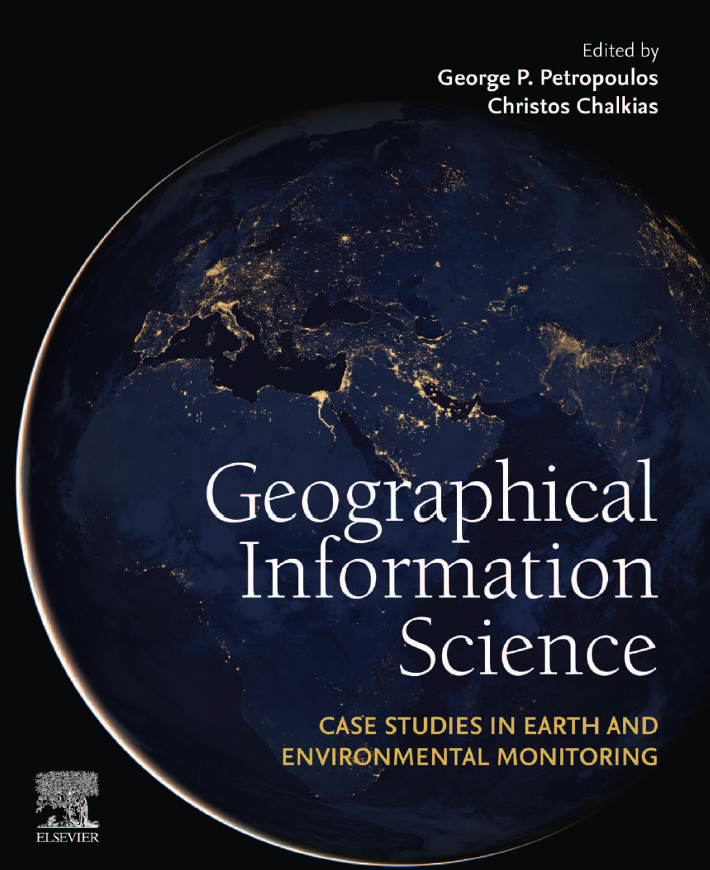Floods are the most frequent type of natural disasters occurring worldwide. In 2021 alone, in fact, the majority of the recorded catastrophic events were floods, which also dominated in terms of the highest number of disaster-related fatalities according to the Centre for Research on the Epidemiology of Disasters (CRED, Delforge et al., 2022). The reported number of flood occurrences is pointed out to be above the 2001-2020 annual average of 163 floods, raising concerns about the increasing flood risk, already triggered by issues regarding economic growth, land use modifications, and climate change. In recent years, there have been numerous large floods caused by strong storm events due to the increas-ingly alarming ability to retain water of a warmer atmosphere (Blöschl et al., 2019). Concurrently, there has been a proliferation of studies examining the potential quantitative impacts on flood hazard under diverse climate change and land use scenarios.
How to cite: Albertini C., A. Gioia, V. lacobellis, S. Manfreda and G. P. Petropoulos, Exploring the use of random forest classifier with Sentinel-2 imagery in flooded area mapping, in the book Geographical Information Science: case studies in earth and environmental monitoring edited by George P. Petropoulos and Christos Chalkias, 2024. [link]
